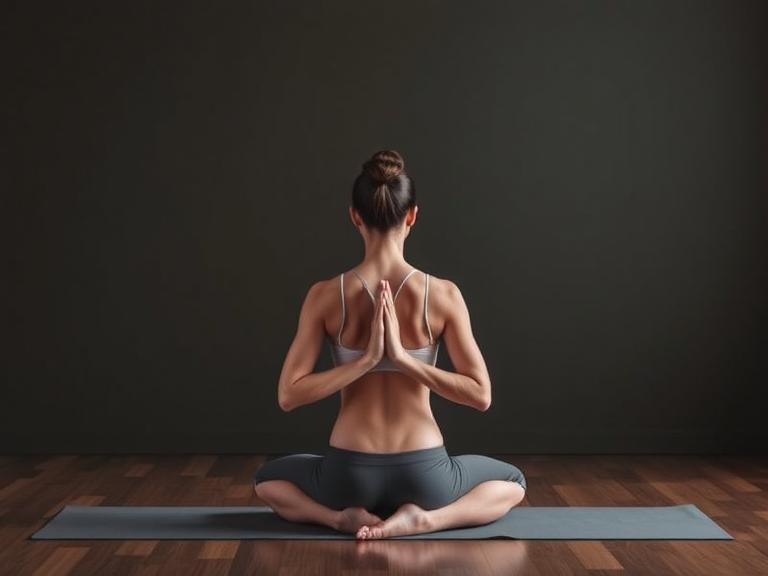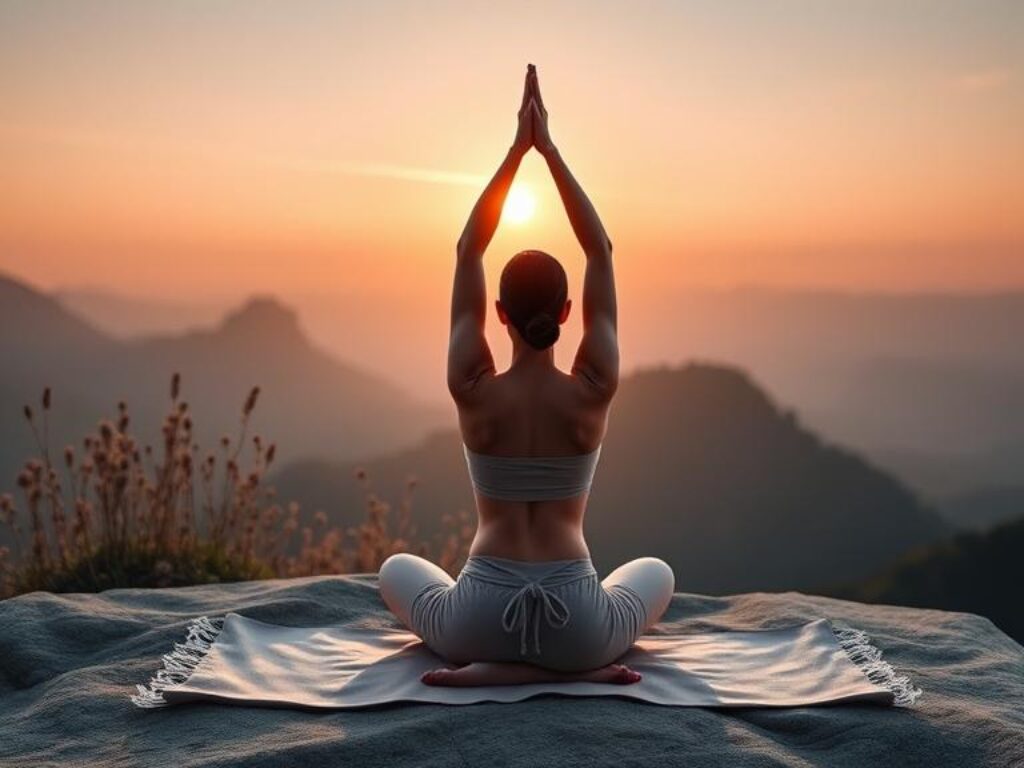
In a world that often celebrates hustle and high-intensity workouts, Yin Yoga offers a radically different approach: slow, still, and deeply introspective. This meditative style of yoga is gaining popularity for its calming effects on both body and mind. But what exactly is Yin Yoga, and why should you consider adding it to your wellness routine?
In this complete guide, we’ll explore what Yin Yoga is, how it differs from other yoga styles, and answer the most common questions about the practice.

What are the main benefits of Yin Yoga?
What is Yin Yoga and how is it different from other yoga styles?
Yin Yoga is a slow-paced, meditative practice that targets the connective tissues of the body—like fascia, ligaments, and joints—rather than the muscles. The poses are held for extended periods, typically ranging from 2 to 7 minutes, and are mostly seated or lying down.
Unlike yang yoga styles such as Vinyasa or Power Yoga, which emphasize movement and muscle activation, Yin focuses on stillness, surrender, and deep stretching. It’s about softening into the pose and using breath to explore the deeper layers of the body.
Is Yin Yoga suitable for beginners?
Yes, Yin Yoga is absolutely beginner-friendly. You don’t need to be flexible or experienced in yoga to benefit. Because the practice is slow and supported with props, it’s easy to modify poses to suit your body. Yin Yoga encourages mindfulness over performance, making it a welcoming space for newcomers.
What are the main benefits of Yin Yoga?
Yin Yoga offers a wide range of physical, mental, and emotional benefits, including:
-
🧘♀️ Improved flexibility and joint mobility
-
🌬️ Enhanced circulation and energy flow
-
🧠 Mental clarity and emotional balance
-
😌 Reduction of stress and anxiety
-
🛌 Improved sleep and relaxation
-
💪 Injury prevention and recovery support
By targeting the connective tissues and encouraging deep stillness, Yin Yoga helps create space in the body and mind for healing and self-awareness.
How frequently should I practice Yin Yoga?
The frequency depends on your personal goals and schedule. For most people, practicing 2–4 times per week offers noticeable benefits. However, Yin can be practiced daily if done mindfully. Because it’s low-impact, it complements your lifestyle without overloading your body.
Even just one session per week can bring about better flexibility, calmer thoughts, and deeper sleep.
Can Yin Yoga reduce stress and anxiety?
Yes, one of the greatest benefits of Yin Yoga is its ability to calm the nervous system. By encouraging deep breathing and long-held postures, Yin Yoga activates the parasympathetic nervous system—also known as the “rest and digest” response.
Many people report feeling a sense of emotional release, peace, and reduced anxiety after class. It’s a powerful tool for managing the effects of modern stress.
Do I need any special equipment for Yin Yoga?
You don’t need much to get started with Yin Yoga, but a few props can make your practice more comfortable:
-
🧘♂️ Yoga mat (non-slip surface)
-
🧺 Bolster or firm pillow
-
🧱 Yoga blocks
-
🧣 Blanket or towel for warmth and support
These props help you relax deeper into poses and avoid straining the body during long holds.
Which are the most beneficial Yin Yoga poses for beginners?
Here are a few gentle Yin poses that are especially helpful for those new to the practice:
-
Butterfly Pose – Opens hips and lower back
-
Sphinx Pose – A gentle backbend for the spine and chest
-
Caterpillar Pose – Stretches hamstrings and spine
-
Child’s Pose – Deeply grounding and restorative
-
Reclining Twist – Releases tension in the spine and digestive organs
-
Dragon Pose – Opens up tight hip flexors (use props as needed)
Each of these poses can be held for 3–5 minutes and modified with props to suit your comfort level.
Can Yin Yoga cure physical pain or aid in recovery from an injury?
While Yin Yoga isn’t a medical treatment, it can support recovery and alleviate certain types of pain—particularly those caused by tension, tight fascia, or stress. By improving circulation and gently stretching connective tissue, it helps:
-
Reduce stiffness
-
Promote joint health
-
Release muscular holding patterns
That said, if you have a serious injury, consult your healthcare provider or a qualified yoga therapist before practicing. Always listen to your body and modify as needed.
Is Yin Yoga a suitable addition to other exercise routines?
Yes! Yin Yoga is an ideal complement to high-intensity workouts like strength training, running, or cycling. These activities tend to tighten the muscles, while Yin helps:
-
Improve flexibility
-
Reduce risk of injury
-
Promote faster recovery
-
Enhance mental focus and body awareness
Think of it as active recovery that balances your overall fitness program.
Can I practice Yin Yoga prior to going to bed?
Absolutely. In fact, the evening is one of the best times to practice Yin Yoga. It relaxes the body, slows the mind, and prepares you for restful sleep. Try a short Yin sequence followed by a few minutes of meditation or breathing exercises to help you unwind from the day.
Final Thoughts: Stillness Is Strength
In a culture that glorifies speed and productivity, Yin Yoga is a gentle reminder that true strength often lies in stillness. It teaches us to be present, patient, and kind to ourselves. Whether you’re a complete beginner or a seasoned athlete, Yin Yoga offers a path to deeper awareness, emotional healing, and physical renewal.
So, unroll your mat, take a deep breath, and explore the quiet power of Yin. Your body and mind will thank you.







